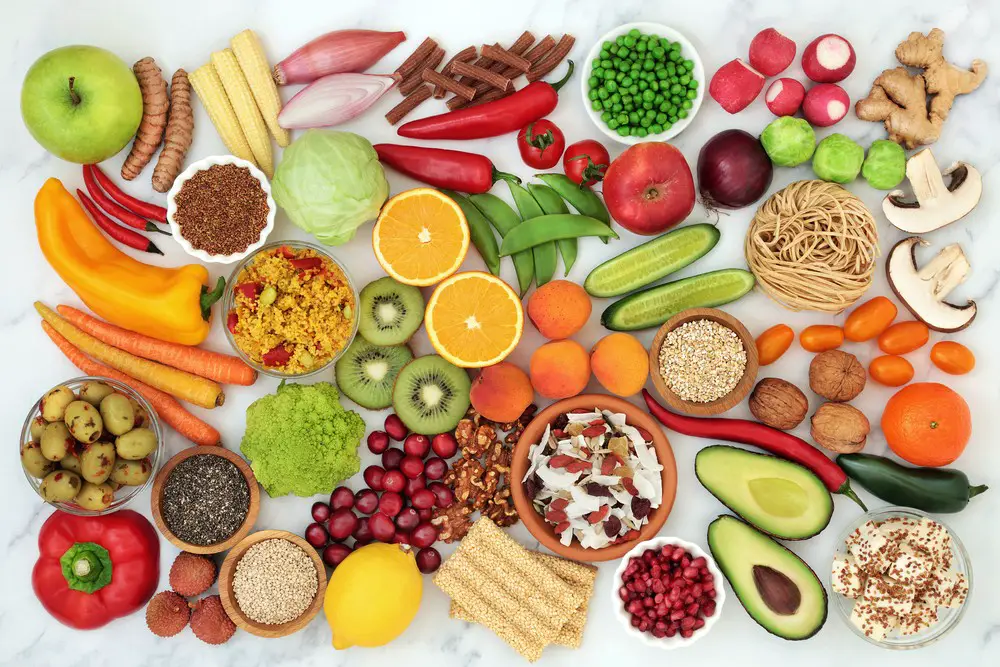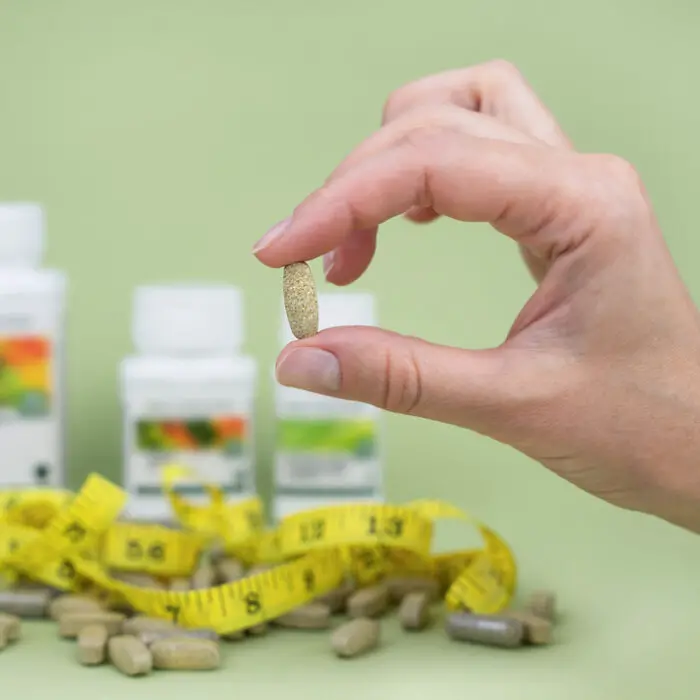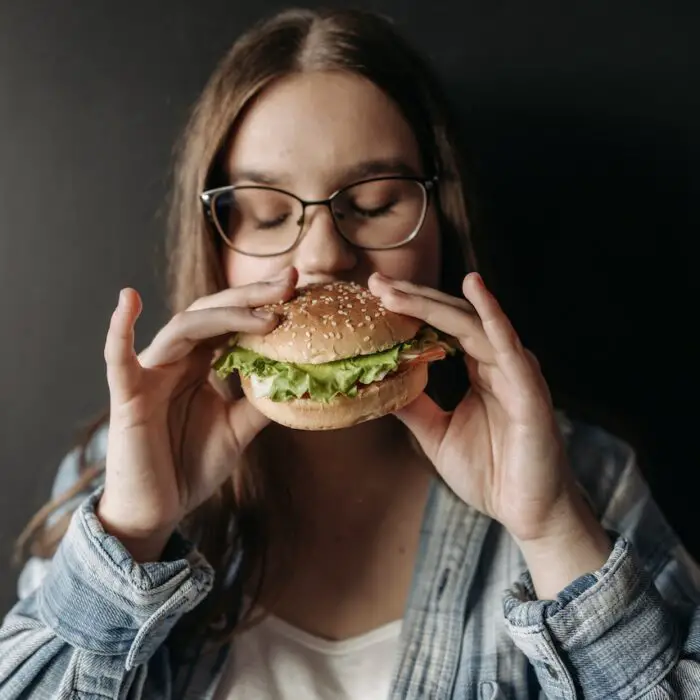Hypertension, or high blood pressure as it’s commonly known, affects more than half of the adults in the U.S. Unfortunately, most adults don’t know they have hypertension, which increases their risk of having a stroke or getting heart disease since it rarely has noticeable symptoms.
The best way to detect hypertension is with routine medical checkups. Moreover, hypertension is preventable if you adopt a healthier lifestyle that includes a nutritious diet, exercise, and cutting out smoking and alcohol.
A vegan diet can work wonders for you if you want to fight high blood pressure since it eliminates all animal and animal-based products that contain saturated fats. Besides helping you reduce your blood pressure, a vegan diet also reduces the risks of other lifestyle hazards to your health, like cholesterol and diabetes.
Several studies have shown that those who follow plant-based diets tend to have lower blood pressure levels. However, you must also eliminate foods high in sodium, fried, or baked products made with refined flour to preserve your heart health.
Understanding the Effects of Hypertension
Your heart pushes blood through the vessels designed to carry it to the rest of the organs in the body each time it beats. The blood is carried through the vascular system by capillaries, arteries, and veins. When your blood pressure remains consistently high, your heart and vascular system work harder and cause damage to their delicate tissue.
When you measure your blood pressure, you measure both the systolic phase (when the heart pumps blood to the circulatory system) and diastolic (the blood returning to the heart chamber). As we age, the systolic pressure increases since the walls of our vascular system harden.
Lifestyle Changes and Blood Pressure Management
Not everyone can manage high blood pressure without medication, but some people see a marked improvement when implementing lifestyle changes, like a plant-based diet.
Some of the most essential things to introduce into your lifestyle include:
- Follow a healthy diet containing potassium-rich spinach, avocados, squash, lots of fruits, vegetables, whole grains, legumes, nuts, and spices to boost your phytonutrients. Also, include satiating foods to help with better weight management. Finally, do include small amounts of healthy fats like olive oil.
- Sleeping at least seven hours benefits your health and helps you lose weight.
- Work on reducing your stress levels since it impacts your sleep and life quality.
- Aim to get at least two and a half hours of exercise a week, including a brisk walk and full-body strengthening exercises.
- Increase your fiber and probiotic food intake to encourage better digestion and a healthier gut. Some sources of probiotics include kimchi, water kefir, miso, sourdough bread, tempeh, and kombucha.
- Cut out smoking and alcohol consumption.
- Reduce salt and coffee intake.
- Aim to maintain a healthy weight.

Sample Vegan Meal Plan to Fight High Blood Pressure
A balanced vegan menu must include potassium, magnesium, whole grains, and many vegetables and fruits to help you fight high blood pressure. The sample vegan meal plan provides several meal ideas to enjoy throughout the day, ensuring you ingest all the correct nutrients to lower your blood pressure.
Breakfast
The first meal after waking is the most significant since you are “breaking the fast” after not eating anything since dinner the night before. Therefore, make this a nutritious meal that will provide you with the essential fuel to face your day.
Include banana, berries, citrus, nuts (especially walnuts), seeds, vegan milk or yogurt, oats, bean, spinach, lentils, avocado, and whole meal grains in your breakfast menu.
Some ideas include:
- Prepare overnight chia pudding recipes to which you add the healthy goodness of vital fruits, seeds, and nuts.
- Breakfast toast with creamy hummus and roasted vegetables. Try this delicious sprouted lentil and avocado treat.
- Try delicious oatmeal pancakes topped with nuts and fruits.
- Top your overnight oats with your favorite topping.
- Make protein-rich smoothies packed with the fruits or vegetables of your choice.
- Try tofu scramble with vegetables served on high-fiber or rye bread.
- Plate up your favorite muesli or granola and serve it with vegan yogurt, milk, and fruits.
Snacks
You must include a small, healthy AM and PM snack to help maintain your energy levels throughout the day. However, don’t fall into the temptation to buy a snack because these tend to have refined grains, salt, and sugar. Your best option is to have a ¼ cup dry-roasted almonds, ten dried walnuts, a vegan yogurt with some fruit, some edamame beans, or nut butter with an apple.
Lunch and Dinner
Adding foods low in sodium but rich in fiber, phytonutrients, and potassium into your diet makes it easier to maintain healthier blood pressure readings.
It’s just as important not to miss lunch and dinner on any meal plan because your body utilizes nutrients more effectively and prevents you from overeating. Avoid using salt to make your meals tastier. Instead, substitute salt with herbs and spices that can add more depth of flavor and create a healthier option.
Cinnamon is a healthy spice for foods and teas since it may provide short-term relief in reducing blood pressure. Additionally, add garlic for its flavor and ability to improve the body’s nitric oxide production, helping dilate the blood vessels and lowering blood pressure.
Some ideas for lunch and dinner meals include the following:
- Quinoa salad with greens and other vegetables of your choice.
- Lentil loaf with mushroom and walnut.
- Beetroot falafel served with a salad.
- Ratatouille or vegetable stew made with several vegetables of your choice (including spinach or Swiss chard).
- Green soup made with spinach, carrots, and herbs.
- Vegetable meatballs or pesto with pasta (try these delicious lentil and beet meatballs).
- Wild rice stuffed squash
- Black bean and butternut squash soup.
- Roasted sweet potato and chickpeas.
Tips
· Drink a glass of water before meals to help you feel fuller and avoid overeating.
· Eat more plant-based proteins like legumes, nuts, and seeds to reduce sodium intake.
· Focus on eating fresh fruits and vegetables that are rich in potassium.
· Include whole grains such as quinoa, oats, barley, or buckwheat for their fiber content which can help lower blood pressure.
· Avoid processed foods as much as possible since they usually contain high sodium.
This vegan meal plan will help you enjoy each meal while monitoring your blood pressure levels. Remember that what’s important here is to have a balanced and varied diet to get all the nutrients you need while still controlling your blood pressure. Be creative with vegan dishes and explore new recipes every day!
Final Take
Following a plant-based diet has several benefits, including lowering blood pressure. Prepare as many meals as possible to ensure you include blood pressure-lowering ingredients. In addition, eating vegan makes reducing high sodium and fat intake easier, helping you lose weight and improve your overall health. Remember, if you cannot reduce your blood pressure to the extent your doctor desires, you might need to combine medication with your healthier lifestyle choices. Your doctor will advise you.







